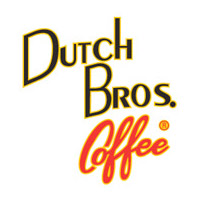Whether you own a convenience store or manage a grocery store or the kitchen of a restaurant, you probably rely a lot on refrigeration units. Whether you’re storing cold drinks for your customers on the go or you’re keeping your meats, cheeses, and other vegetables cold before you cook a delicious meal, you need a commercial refrigerator. Modern refrigeration systems for commercial use have come a long way since their early beginnings.
Hundreds of years ago, the first buildings made for storing snow and ice were built. Straw and sawdust were used to insulate these buildings. Later in the 1700s, William Cullen made a breakthrough with a very impractical cooling box. At this time, there was no use for such a box. Benjamin Franklin and John Hadley later experimented with ways to cool using volatile liquids. While this wasn’t the direct invention of commercial refrigeration equipment, these breakthroughs did help lead to later development.
In the mid-1800s, Ferdinand Carre developed the ice machine Three of these machines were brought to New Orleans when the city could no longer get ice from New England. Throughout the 1800s, more people continued to advance upon these discoveries. In the 1840s, refrigerated boxcars were used to transport dairy products. In the late 1800s, ships were equipped with units that allowed food to be transported longer distances.
In the 1900s, commercial refrigerators became very important for many industries, particularly the meat-packing industry. Big companies like Armour and Wilson purchased units to be used on box cars and in storage facilities to keep meat cold and fresh. These early units were very large, many weighing between five and two hundred tons, and they relied on toxic gases for cooling power, making them quite a hazard.
Throughout the 20th century, advances were made to make commercial refrigeration systems more lightweight, less expensive, and more readily available for a variety of businesses, including supermarkets and restaurants. Improvements were also made in safety, and volatile gases or very harmful chemicals were no longer used for cooling. Not only are today’s systems smaller, more lightweight, and affordable, but they even come equipped with modern features like digital thermostats, clear glass display doors, unique designs, and LED lights.
The history of commercial refrigeration goes back for centuries, and the advances and innovations made to these systems have made them a staple in many industries. The years of research, development, innovation, and improvements have led to the modern systems found in convenience stores, restaurants, hotel gift shops, grocery stores, and many of the establishments that we frequent daily.









